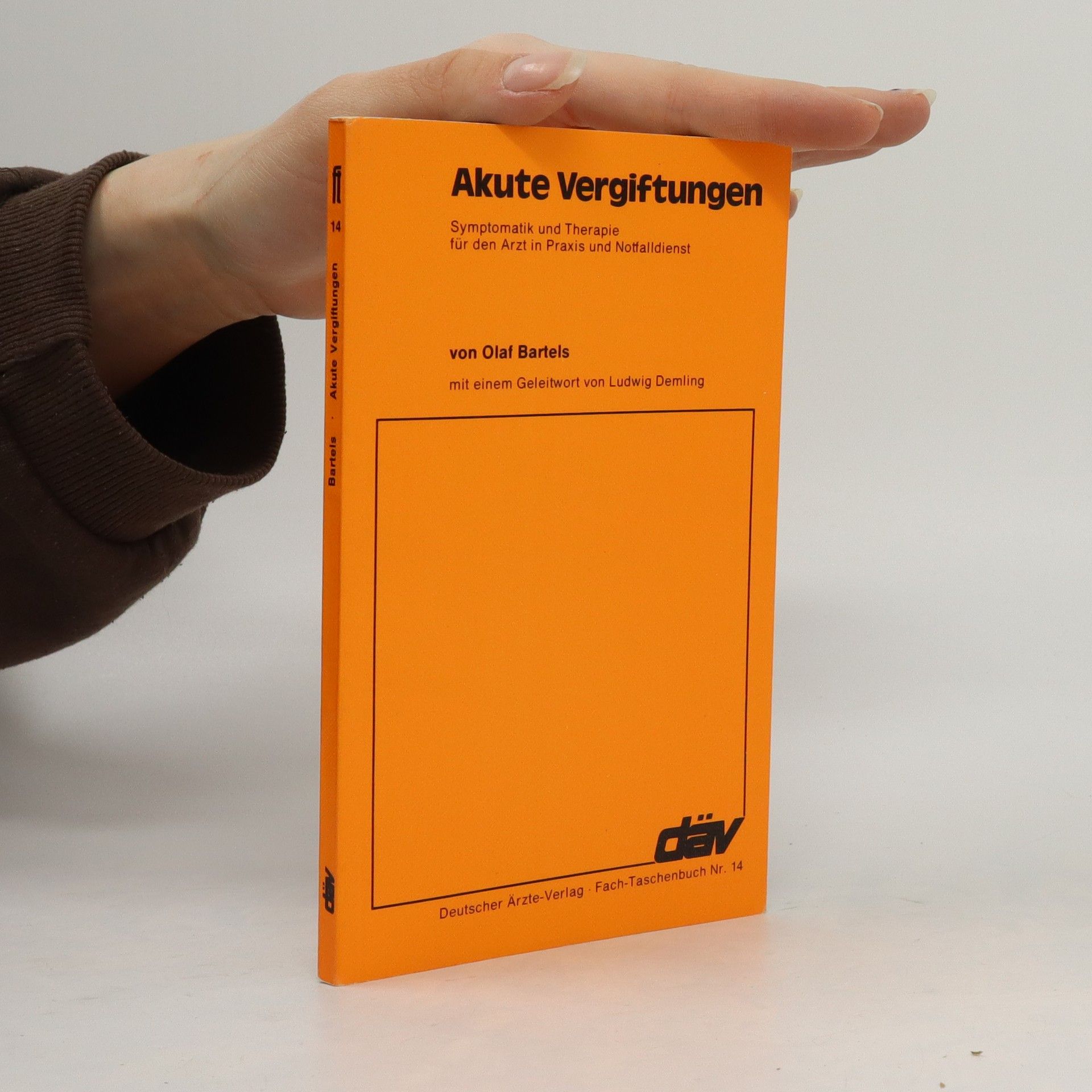Hamburg - Positions, Plans, Projects 1
- 255pages
- 9 heures de lecture
Hamburg is growing. Germany's largest port city is preparing to have a population of around two million residents by 2030. For some time now, the city has been pursuing an ambitious construction programme, focusing on internal city development: the new buildings on the northern banks of the Elbe, HafenCity or the "Sprung über die Elbe" (Leap across the Elbe) initiative stand for development strategies on a grand scale. How should Hamburg continue to develop? What priorities will be set in the future? Hamburg's urban development planning is placing a new emphasis on the city's peripheries and the urban spaces along its Magistralen (arterial corridors): post-war modernist housing developments are to be upgraded in order to preserve affordable housing and provide modern workplaces. The goal is an effective mix of uses and a new urban quality of life. This book portrays Hamburg in the international discourse of city development and presents important projects and protagonists from the fields of architecture, urban planning and landscape design.


